I’m okay with picking pattern progressions, but begin to fall short when the pressure of upper level IQ testing starts to bring me undone. That said, even I could detect the clear sequence of super performance carmakers following one another into the world of the 4.0-litre, twin-turbo V8.
A slew of British, German and Italian brands using the same performance vs consumption vs emissions equation to propel their exotic machines towards the horizon at warp speed with maximum efficiency.
So, why did white-coated boffins from all points of the automotive globe come up with the same engine configuration, capacity and induction answer?
Well, at the recent global launch of the Lamborghini Temerario (a 4.0L twin-turbo V8 hybrid) we asked Lambo’s Chief Technical Officer (and drift king) Dr. Rouven Mohr exactly that.
He confirmed the broadly accepted answer that an individual cylinder volume of 500cc is the magic number.
That’s right, the capacity that took the ‘Wollongong Whiz’ Wayne Gardner and ‘The Master of going Faster’ Mick Doohan to 500cc World Motorcycle Championship glory is the Goldilocks zone for an individual engine cylinder.
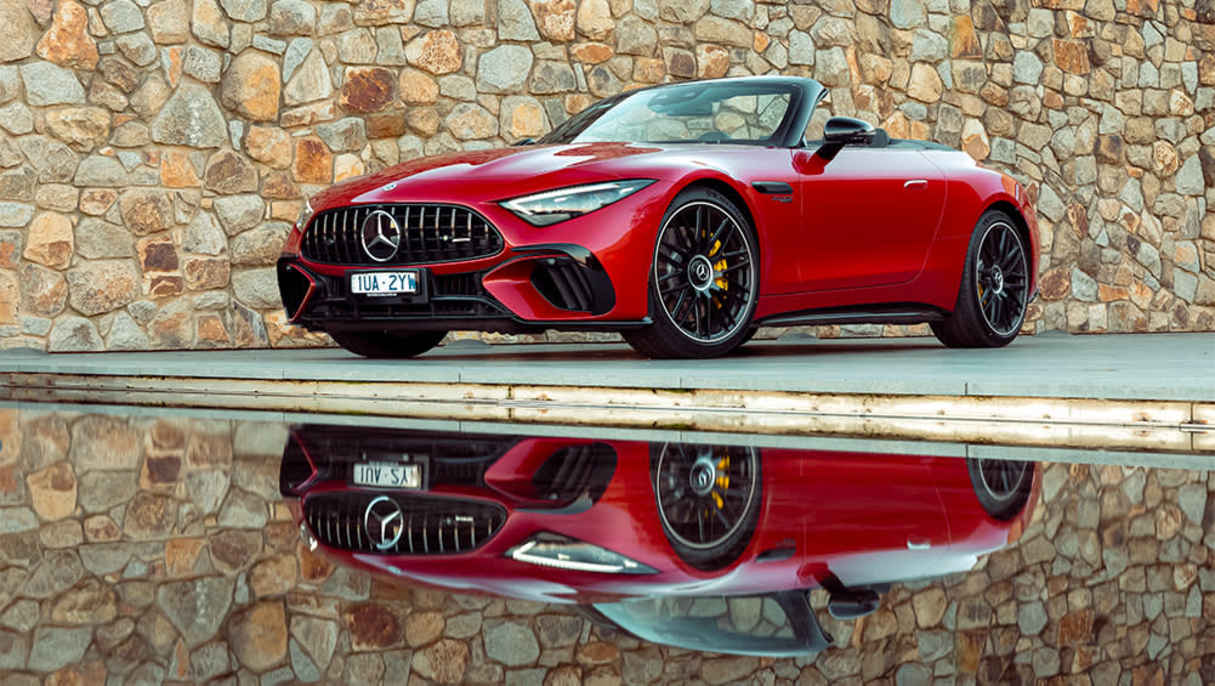
And that’s because a cylinder of that size, ideally undersquare (with a stroke length exceeding its bore diameter), optimises the combustion process thanks to a relatively small internal surface to volume ratio (as the piston nears top dead centre) which helps improve fuel efficiency while producing optimum power and minimising C02 and NOx emissions.
So, 500 times eight equals 4000, which, with the benefit of forced induction pushes the golden ratio to its maximum.
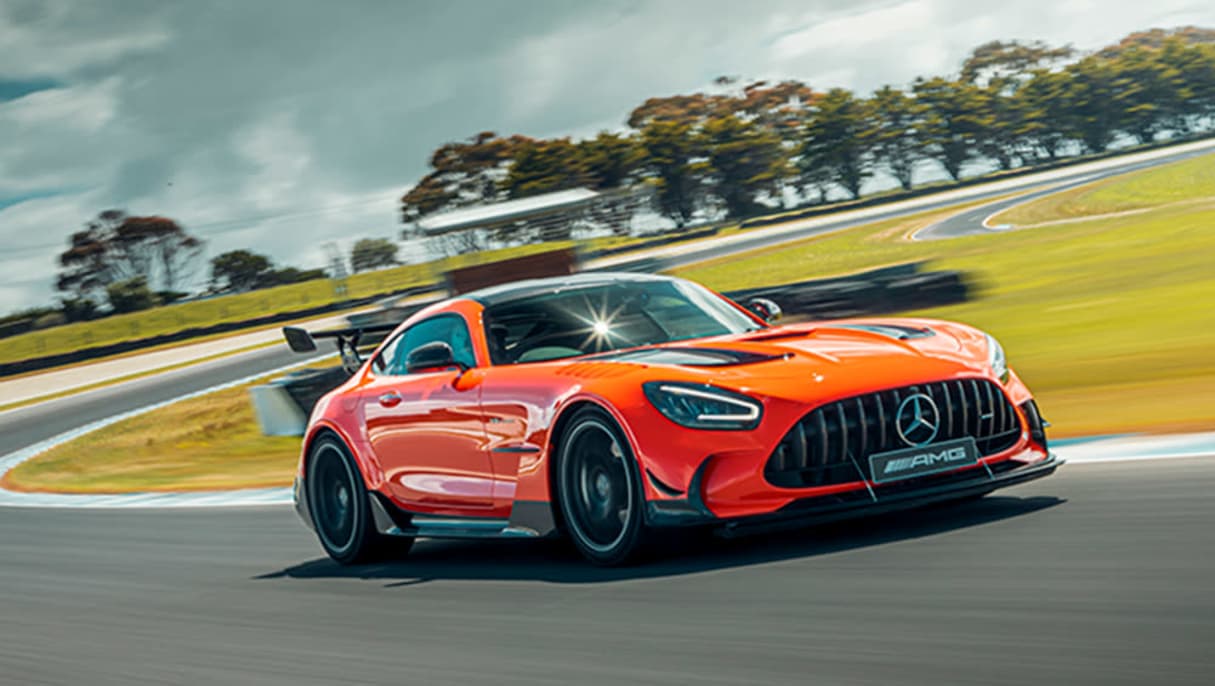
| Bore (mm) | Stroke (mm) | Capacity (L) | Power (kW) | |
| Audi SQ7 | 90 | 77.4 | 3.939 | 373 |
| Bentley Flying Spur Speed | 86 | 86 | 3.997 | 441 |
| Lamborghini Temerario | 90 | 78.5 | 3.995 | 588 |
| McLaren 750S | 86 | 87 | 4.043 | 552 |
| Mercedes-AMG GT63 | 83 | 92 | 3.982 | 430 |
| Porsche Cayenne Turbo E-Hybrid | 86 | 86 | 3.997 | 441 |
And Lamborghini should know because the all-new (L411) unit it developed for the Temerario produces 588kW on its own, before a trio of electric motors tips in another 89kW for a total output of 677kW (920hp).
Two turbos producing 2.5 bar located in the engine’s ‘hot vee’ optimise packaging and thermal management; titanium conrods reduce rotating mass; a flat plane crank delivers an even firing order and super hard finger followers in the valvetrain allow more aggressive cam profiles. The result? A 10,000rpm rev ceiling, which is… nuts.
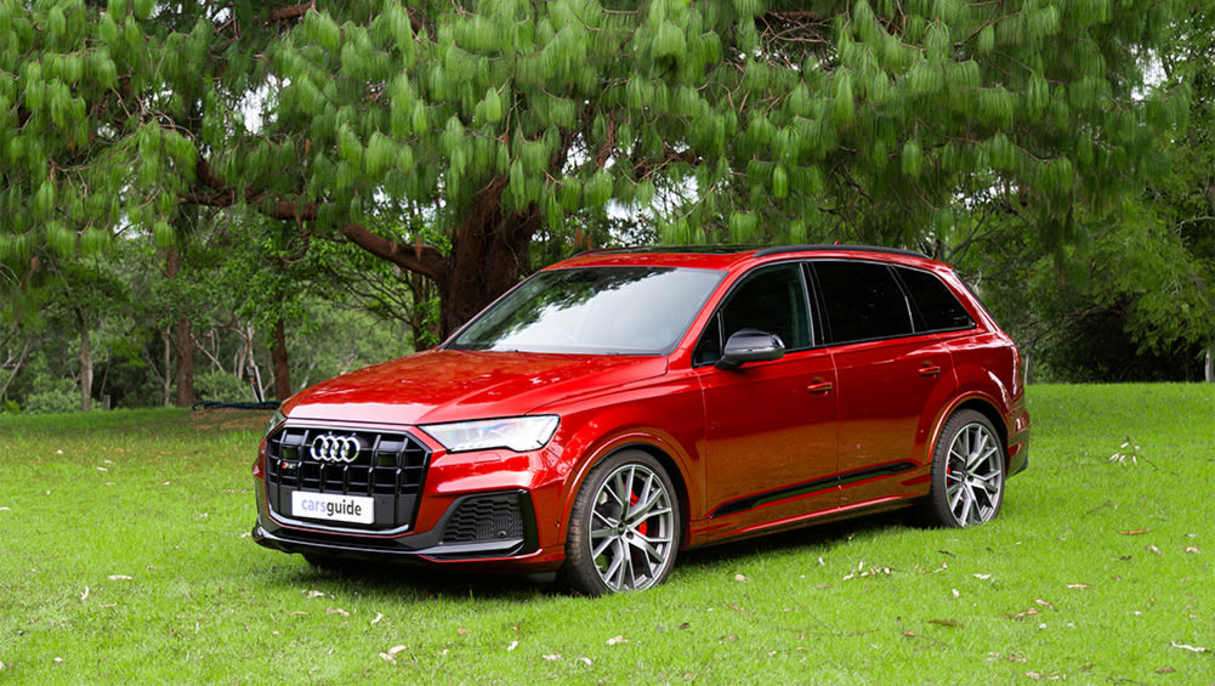
Other brands within the Volkswagen Group portfolio are on the same train, like Audi’s SQ7 and SQ8 with Bentley and Porsche directly sharing engine tech.
And what about Mercedes-AMG with the GT63 and SL63 or McLaren just about matching Lambo for specific power output with its 750S rocketship?
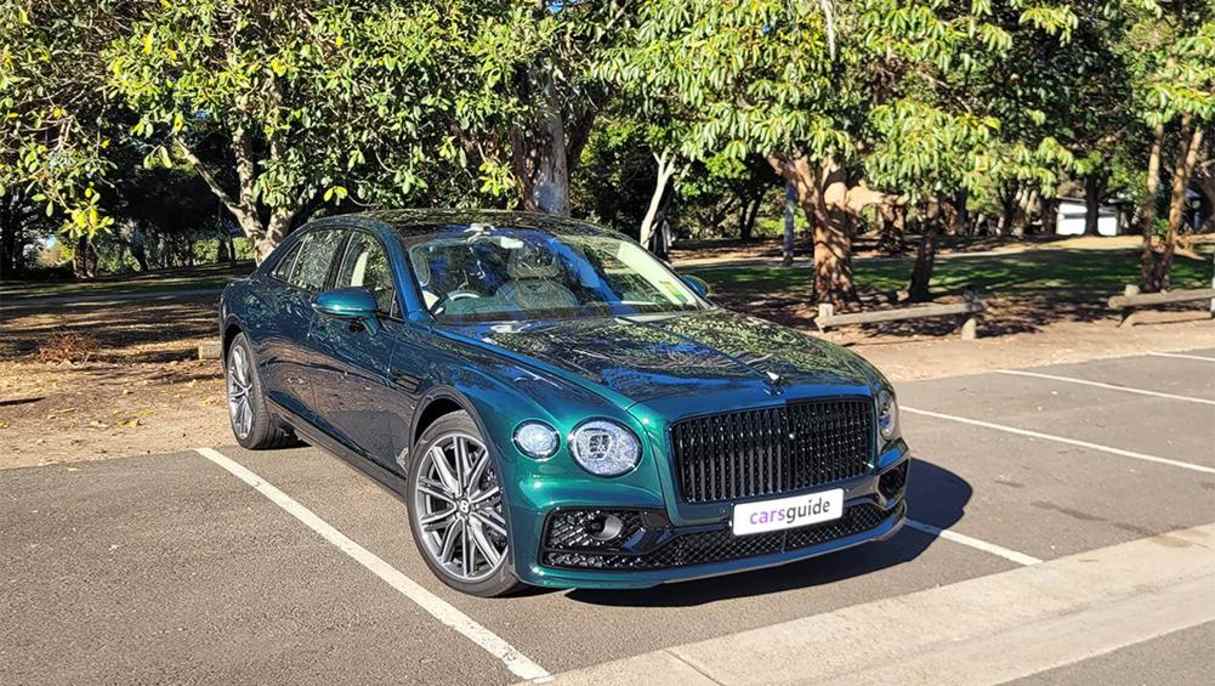
But hands up those who remember JLR’s ‘Ingenium’ modular engine family. Three-, four- and six-cylinder units built around 500cc cylinders.
BMW Group with its triple, four- and six-cylinder engines, along with many others have also struck on the 500cc formula. But maybe Lamborghini President and CEO Stephan Winkelmann has the most compelling reason for joining the club.
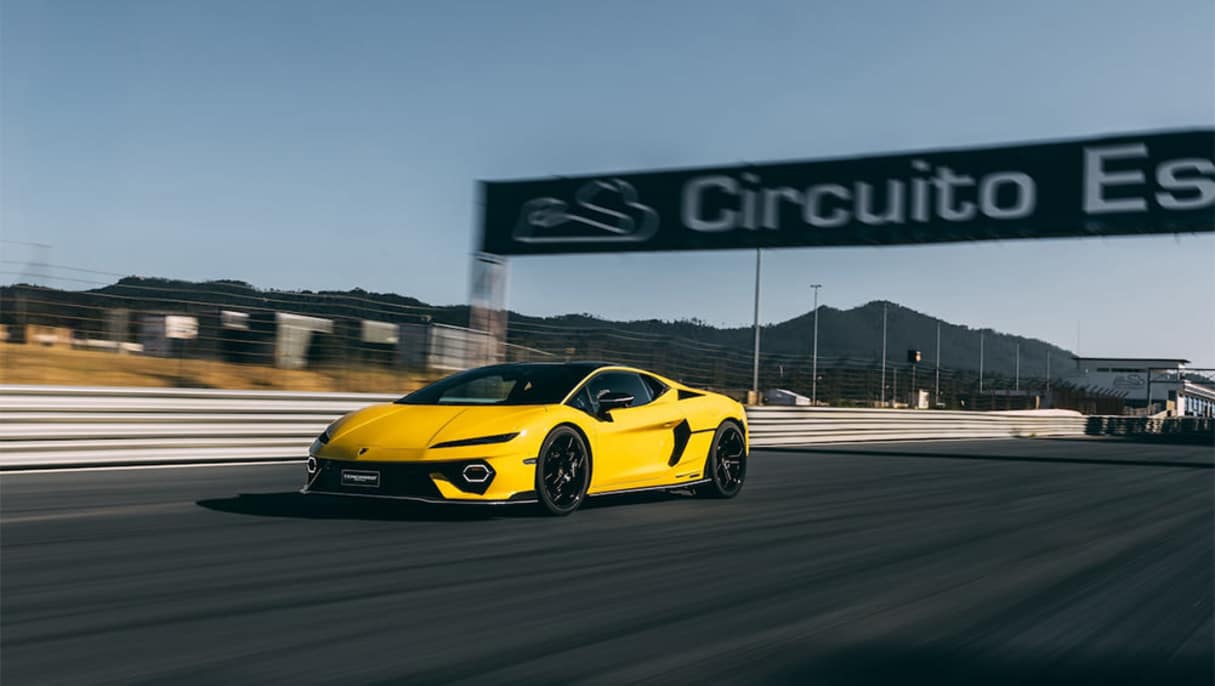
While acknowledging the capacity of the cylinder premise - “Six cylinder is usually three litres, eight is four and 12 is six” - he lets slip that the 4.0L thing “is also a matter of taxation in a lot of countries”.
So, follow engine efficiency or follow the money, the 4.0-litre, twin-turbo V8 answer is the same.
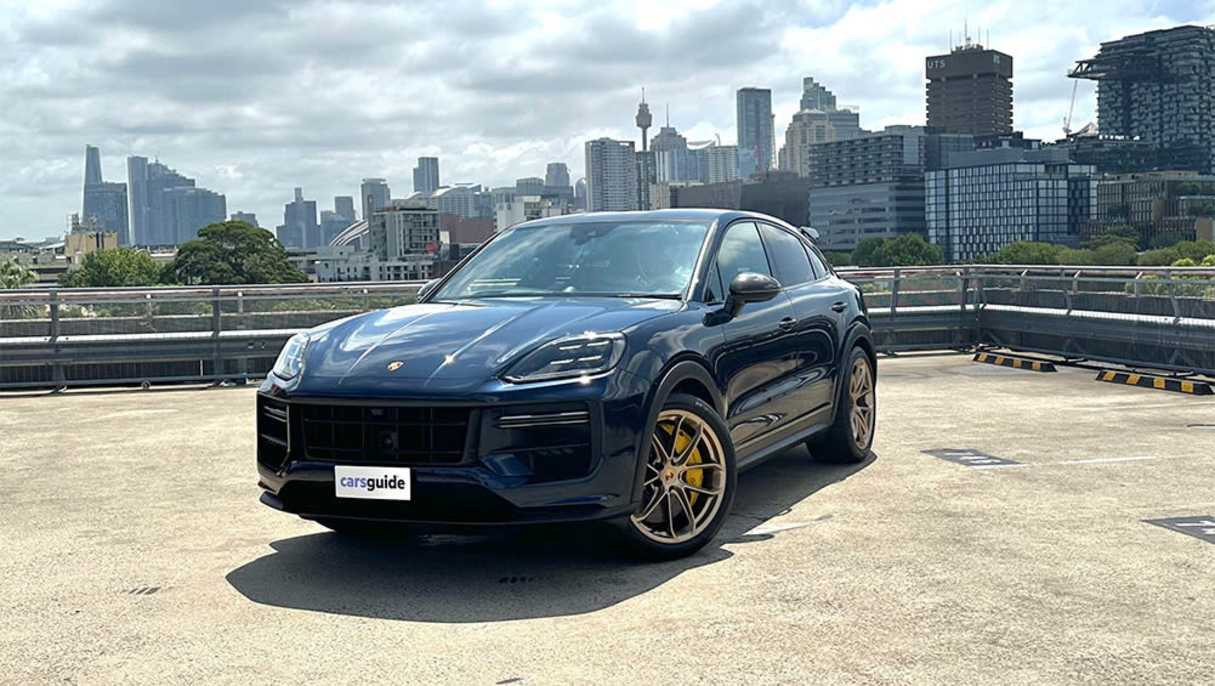





_0.jpg)
.jpg)
.jpg)






.jpg)





_0.jpg)


.jpg)





